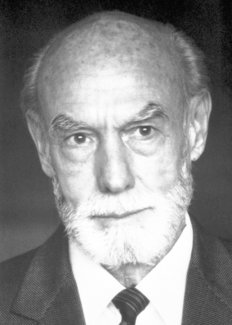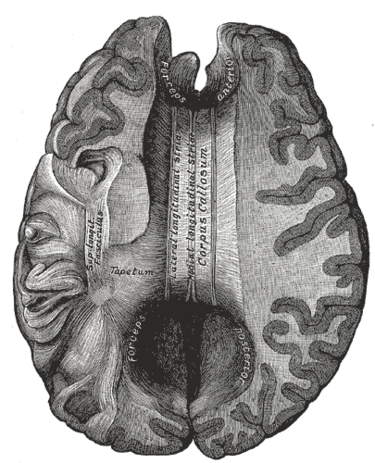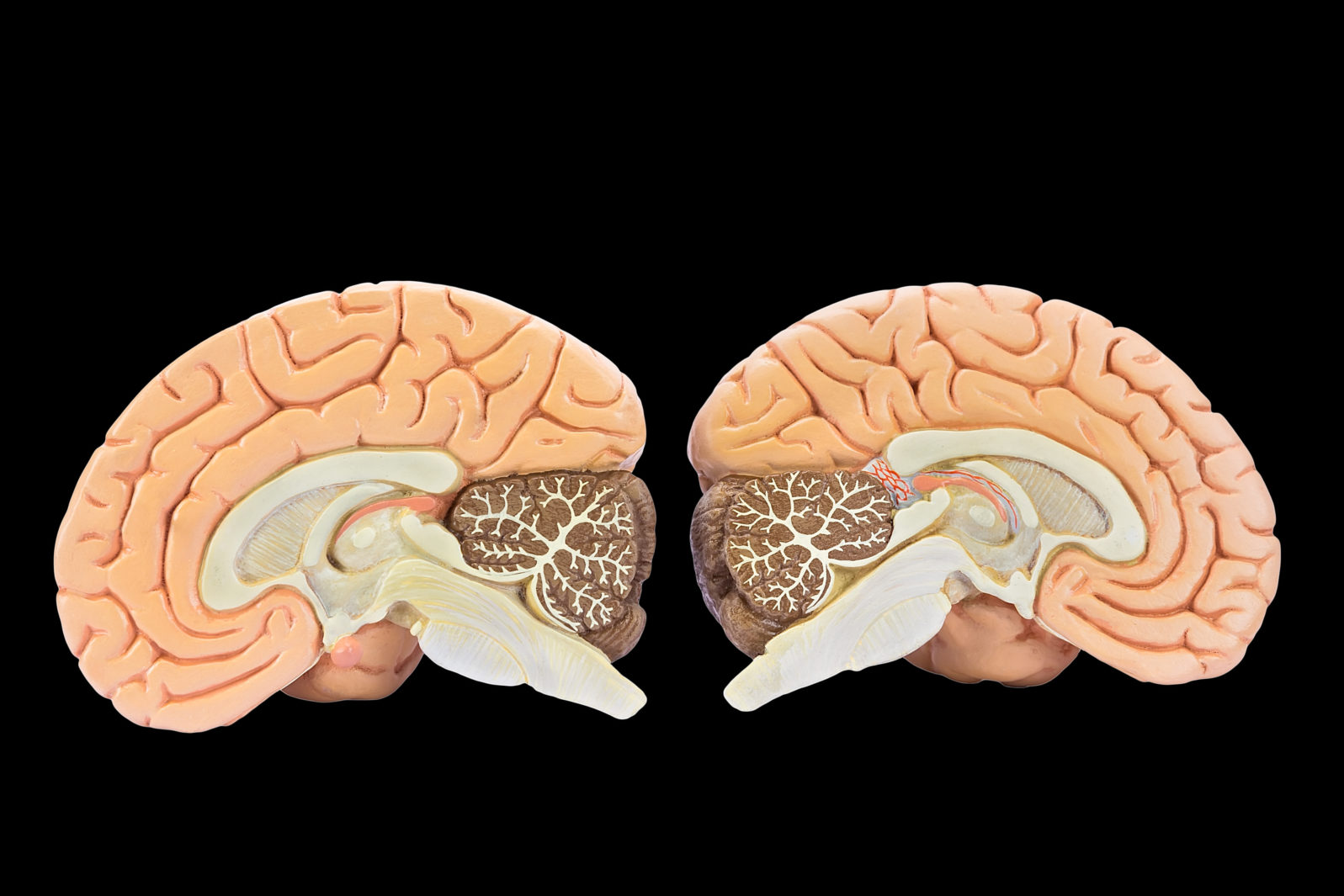The Brain Can Be Split But the Mind Can’t
Neuroscientist Roger Sperry found that splitting the brain in half does not split consciousness in half. It just gives you a rather interesting, but very subtle set of perceptual disabilitiesNeurosurgeon Michael Egnor did a recent podcast with Arjuna Das at Theology Unleashed, “where Eastern theology meets Western skepticism.”
In this segment, they discuss the significance of the fact that there are aspects of the human mind that cannot be split into parts — as demonstrated by the work of Nobelist Roger Sperry (1913–1994).
Here is a partial transcript and notes for the 57 minute mark to the 1 hour five minute mark:
Michael Egnor: If one is to try to understand the mind in a coherent, consistent framework, one wants to have a metaphysical perspective that does the job, that makes sense. I think there are three different metaphysical perspectives that one could consider, materialist, idealist, and dualist…
By looking carefully at the results of neuroscience, we can get a sense as to what framework works the best. And there are three questions in neuroscience that can be asked in this regard. (00:57:41)
- Is the mind metaphysically simple?
By that, I mean, are there aspects of the mind that cannot be divided into parts. Because material things can always be divided into parts. That is, I can take a loaf of bread and cut it any which way you choose. So with material things, you can always make two out of one. But it’s very difficult to see how immaterial things like spirits or souls can be split in two. (00:58:55)
- The second question, related to the first but a separate question, is? Is the intellect immaterial?

Is our ability to think abstractly caused by matter or not? At first, it seems to be a wholly metaphysical question. But as it turns out, there’s a great deal that neuroscience can say about it. And I think frankly, the neuroscience addresses it in a fairly clear way.
3. The third question one can ask is: Is free will real?
Do we really have free will? Or are we, in one sense or another, meat robots — physical organisms whose behavior is compelled entirely by material processes? And again, neuroscience can also speak to that and I think speaks to it rather clearly. (00:59:35)
So let’s begin with the question, is the mind metaphysically simple? Can the mind be cut? The best research on that was done by a neuropsychologist named Roger Sperry in the mid 20th century. Sperry won the Nobel Prize for his work. His work is based on an operation developed in the 1930s and ‘40s called a corpus callosotomy.
It was recognized in the early 20thcentury that some patients who had intractable epilepsy had the seizures because a tiny seizure would start on one side of the brain and then propagate across to the other side and cause the patient to go unconscious and have a generalized seizure. If you could stop that little seizure from propagating, you could really improve these people’s lives. So neurosurgeons began doing experiments on animals in the 1930s and ‘40s, where they would cut the fiber bundles that connect the two hemispheres of the brain. (01:00:32)

This fiber bundle is called the corpus callosum. It’s a huge fiber bundle, literally the size of my hand. And it’s just massive — billions of axons connect the two sides of the brain directly. And that’s the highway that these seizures travel through. And what was found in animals, and subsequently in people, is that you can cut that entire fiber bundle and neurologically the animals and the people would really be okay. It wouldn’t have any dramatic effects on people but it would stop the seizures. So it was a very good treatment for epilepsy and we still do it today. (01:01:38)
Sperry, being a neurophysiologist, realized that these patients, whose hemispheres were functionally disconnected, were a wonderful opportunity to study the functions of the hemispheres… So he did experiments on hundreds of patients who had had this operation. And these experiments have become very famous.
Just a quick review of the neurology of the operation and the hemispheres: The right hemisphere of the brain controls the left side of the body. It also is the means by which you see the left field of vision. So if you look straight ahead, everything to the left of the midline is seen through the right hemisphere of your brain. So the right hemisphere of the brain sees the left side of your world and it controls the left side of your body. (01:02:16) Conversely, the left hemisphere of the brain sees the right side of the world and controls the right side of the body.
The right hemisphere of the brain does not normally have language. So the right hemisphere is not capable of generating words whereas the left hemisphere is capable. The right hemisphere is rather good at spatial relationships and geometrical things.
With this in mind, Sperry did a whole bunch of experiments and showed all kinds of really neat things. He showed that if a person has had a corpus callosotomy and you show him — in his left visual field, which his right hemisphere sees — a letter [of the alphabet] and ask him what that letter is, he will indicate that he knows what the letter is. But he can’t say the word.
He can’t say it, but if you give him a basket full of plastic letters, he’ll pull that letter out of the basket. So he knows what letter it is. He just can’t say it because the hemisphere that sees that visual field, isn’t his linguistic hemisphere. And the information can’t get across because the corpus callosum has been cut. (01:03:20)
People have taken those perceptual disabilities and extrapolated from that to say that you create two people. There’s the person who sees this half of the world and the other person sees that half of the world. And course Sperry didn’t believe that at all.
What I have seen with these patients — and I’ve dealt with quite a few of them — and what Sperry saw also, is that these are, for all intents and purposes, completely normal people. You meet these people, sit down and talk with them. They’re not two people. They certainly don’t think they’re two people. They have very subtle perceptual disabilities of the sort we talked about. But they don’t even notice them. (01:04:23)
That’s why Sperry won the Nobel Prize for this. This stuff was so subtle that no one before him had noticed it. So splitting the brain in half does not, in any meaningful sense, split consciousness in half. It just gives you a rather interesting, but very subtle set of perceptual disabilities.
And Sperry was not a materialist. He thought materialism was an idiotic way of looking at the brain. He was a modest and his philosophy is kind of difficult to describe. He saw the brain as a unitary thing, but he was definitely not materialist. (01:05:10)
Next: How Justine Sergent extended Roger Sperry’s findings for more remarkable discoveries about the mind and the brain
Here’s a transcript and notes for the first 57 minutes:
How philosopher John Locke turned reality into theatre His “little theater in the mind” concept means that you can’t even know that nature exists. It may just be a movie that’s being played in front of your eyes.
Aristotle and Aquinas’s traditional philosophical approach, Michael Egnor argues, offers more assurance that we can truly perceive reality.
How did Descartes come to make such a mess of dualism? Mathematician René Descartes strictly separated mind and matter in a way that left the mind very vulnerable. After Descartes started the idea that only minds have experiences, materialist philosophers dispensed with mind, then puzzled over how matter has experiences.
What’s the best option for understanding the mind and the brain? Theories that attempt to show that the mind does not really exist clearly don’t work and never did. Neurosurgeon Michael Egnor reviews the mind-brain theories for East Meets West: Theology Unleashed. He think dualism makes the best sense of the evidence.
How we can know mental states are real?
Mental states are always “about” something; physical states are not “about” anything. Michael Egnor argues that doing science as a physicalist (a materialist) is like driving a car with the parking brake on; it’s a major impediment to science.
Why neurosurgeon Mike Egnor stopped being a materialist atheist. He found that materialism is just not working out in science. Most propositions in basic science are based on mathematics and mathematics is not a material thing.
and
How science points to meaning in life. The earliest philosopher of science, Aristotle, pioneered a way of understanding it. Neurosurgeon Michael Egnor talks about the four causes of the events in our world, from the material to the mind.
You may also wish to read: Why the universe itself can’t be the most fundamental thing. Atheist biology professor Jerry Coyne is mistaken in dismissing my observation that proofs of God’s existence follow the same logical structure as any other scientific theory. (Michael Egnor)
